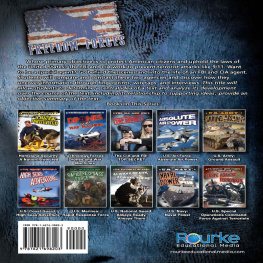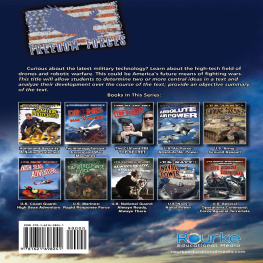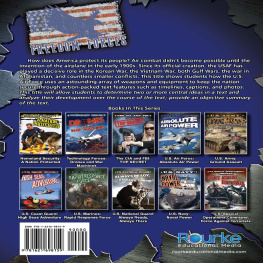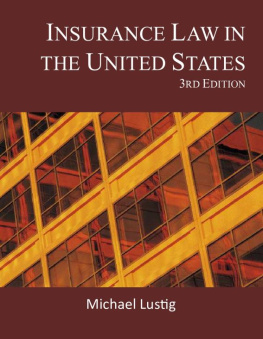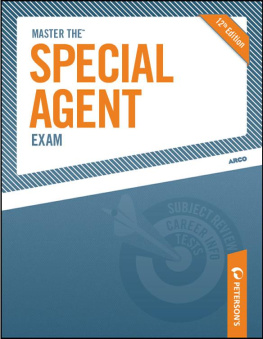Table of Contents
Guide
Level: S Word Count: 1,245 Words
Content Area Vocabulary:
Read the list. What do these words mean?
agents
assassinations
civil rights
foreign
hacking
illegal
intelligence
invasions
occupation
spies
Building Background Knowledge
Before reading a book, it is important to tap into what your child or students already know about the topic. This will help them develop their vocabulary, increase their reading comprehension, and make connections across the curriculum.
| Look at the cover of the book.
What will this book be about? |
| What do you already know about the topic? |
| Lets study the Table of Contents.
What will you learn about in the books chapters? |
| What would you like to learn about this topic?
Do you think you might learn about it from this book? Why or why not? |
| Use a reading journal to write about your knowledge of this topic. Record what you already know about the topic and what you hope to learn about the topic. |
| Read the book. |
| In your reading journal, record what you learned about the topic and your response to the book. |
| Complete the activities at the end of the book. |
TABLE OF CONTENTS
| Ch 1 |
| Ch 2 |
| Ch 3 |
| Ch 4 |
| Ch 5 |
| Ch 6 |
| Ch 7 |

2014 Rourke Educational Media LLC
All rights reserved. No part of this book may be reproduced or utilized in any form or by any means, electronic or mechanical including photocopying, recording, or by any information storage and retrieval system without permission in writing from the publisher.
www.rourkepublishing.com
PHOTO CREDITS: Cover: Background Bruce Rolff, agent Peter Kim, Top Secret logo james weston; Title Page Background Bruce Rolff, Top Secret logo james weston; back cover and title page: flag SFerdon; Pages 4/5 U.S. Federal Government/FEMA, and Michael Foran Page 6 courtesy of Library Of Congress; Page 7: FBI; Page 8 Bonnie and Clyde: FBI, Kennedy courtesy of the Library of Congress; Page 9 courtesy of The Hoover Library of Congress; Pages 10-12 courtesy of the FBI; background photo page 12-13 Semisatch; Pages 14/15 Berlin Wall Alicar; Page 15 map Mosedschurte, Pages 16/17 CIA, Library of Congress, Semhur; Pages 18 Castro courtesy of Library of Congress, Map AridOcean; Page 19 map Tupungato, military photo courtesy U.S. Army; Pages 20/21 courtesy of U.S. Government, except art of folders McVectors Pages 22/23 courtesy of CIA Pages 24 courtesy of Voice of America; Page 25 courtesy U.S. Air Force photo/Lt Col Leslie Pratt; Pages 26/27 FBI, Leah-Anne Thompson, EpicFlame; Pages 28 courtesy of Library of Congress; Page 29 U.S. Federal Government/FEMA
Edited by Precious McKenzie
Designed and Produced by Blue Door Publishing, FL
Library of Congress Cataloging-in-Publication Data
The CIA and FBI: Top Secret / Sneed B. Collard III
p. cm. -- (Freedom Forces)
ISBN 978-1-62169-925-5 (hard cover) (alk. paper)
ISBN 978-1-62169-820-3 (soft cover
ISBN 978-1-62717-029-1 (e-book)
Library of Congress Control Number: 2013938877
Rourke Educational Media
Printed in the United States of America,
North Mankato, Minnesota


rourkeeducationalmedia.com
customerservice@rourkeeducationalmedia.com
PO Box 643328 Vero Beach, Florida 32964
CHAPTER ONE
DEVASTATION
The failure of the United States to prevent the September 11th, 2001, attacks on the World Trade Center and the Pentagon shook the United States intelligence community. Every intelligence organization shared blame for the disaster that claimed almost 3,000 lives on American soil. Two agencies stood out, however: the FBI, or Federal Bureau of Investigation, and the CIA, the Central Intelligence Agency. The terrorists 9/11 plans slipped by both organizations. Today, the agencies are dedicated to making sure nothing like 9/11 ever happens again.
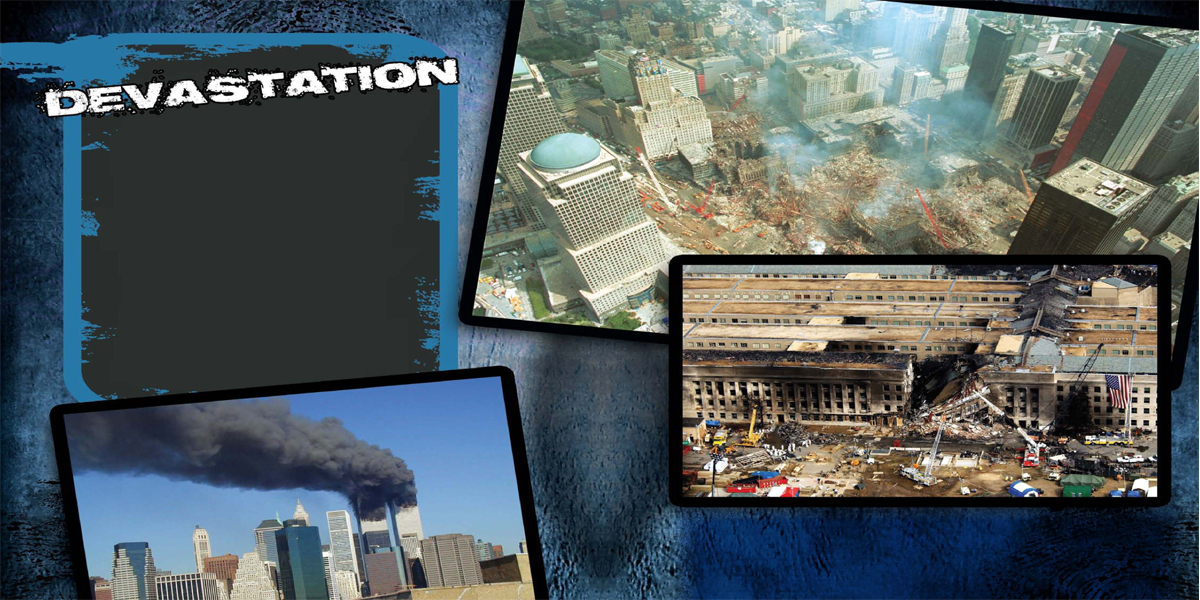
Ground Zero in New York City and the Pentagon in Washington D.C. will forever be remembered as a place where dedicated emergency workers risked their lives saving people and fighting the ferocious fires.
CHAPTER TWO
THE BUREAU
The FBI is the nations oldest intelligence agency. Its primary objectives are to protect American citizens and uphold the laws of the United States. Specifically, the FBI seeks to prevent terrorist attacks, protect against foreign spies, and stop dangerous computer hacking. The FBI is also charged with upholding civil rights, and investigating both violent and white-collar crime. To perform these, and other objectives, it has to collect vast amounts of information, both here in the United States and overseas. Unlike the CIA, the FBI also has the job of law enforcement. Once a crime is detected, FBI agents have the power to make arrests and prosecute accused criminals.

Before the creation of the Bureau of Investigation, government investigations were performed by Secret Service agents or private companies such as the Pinkertons detective agency.
Nearly 18 million background checks are performed each year by the FBI. The FBI maintains supercomputing resources with the ability to decrypt secure media in one day!
The FBI began simply as the Bureau of Investigation in 1908. The Department of Justice hired a small number of agents to investigate federal crimes. These were crimes that involved our national government, or crimes that crossed state lines.
During World Wars I and II, Bureau agents combated foreign spies and those who wanted to sabotage American industries. During Prohibition, when alcohol was made illegal, agents pursued famous mobsters such as Al Capone, and Bonnie and Clyde. Since then, FBI agents have investigated everything from the assassination of President John F. Kennedy to the rampages of serial killers.
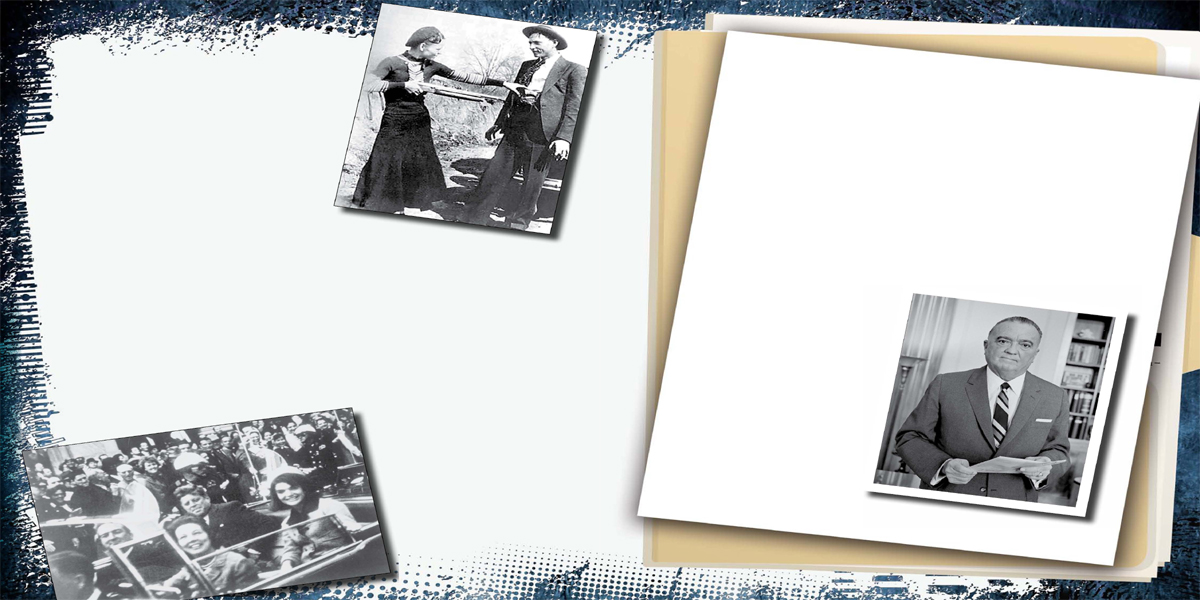
Bonnie and Clyde were well-known American outlaws, robbers, and criminals.
The 35th President of the United States, John F. Kennedy, was fatally shot while traveling with his wife in a presidential motorcade.

